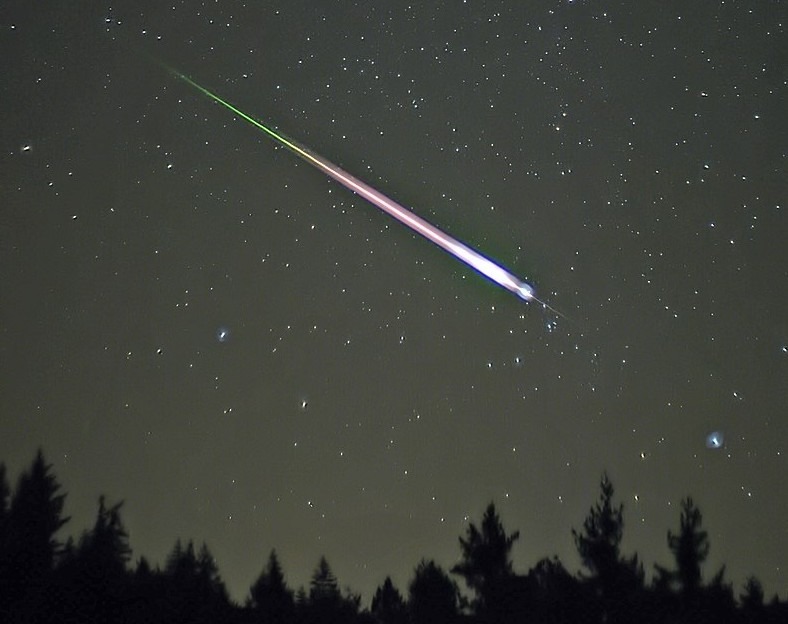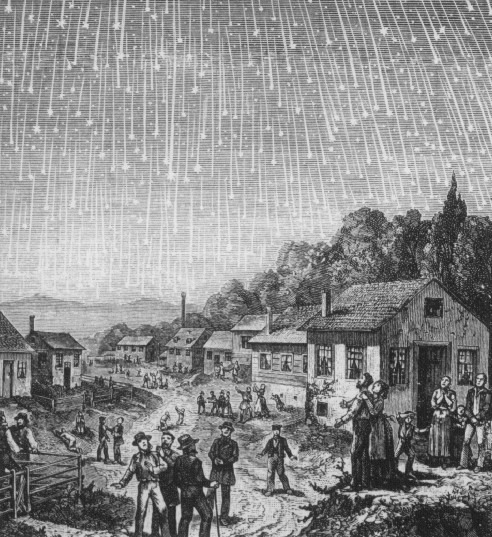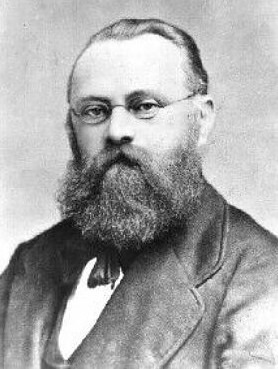The Halley’s Comet has always fascinated scientists for its periodic arrival on Earth. However, few studies have been conducted on it because the orbital period is so long at about 75 to 76 years. For this reason, scientists have focused on other comets such as the Tempel-Tuttle Comet which has a short orbital period of 33 years only. It is also quite close to Earth compared to Comet Halley which makes it easier to be observed and studied with an in-depth analysis. From the research of the past many years, quite an interesting piece of information has been discovered regarding the Tempel-Tuttle Comet.
Overview of Tempel-Tuttle Comet
Tempel-Tuttle Comet which has the official name of 55P/Tempel-Tuttle is a periodic comet of 33 years of orbit. Although it is a pretty old comet, it was independently discovered by two astronomers in 1865 and 1866 who gave thorough evidence that this has been the same periodic comet that was recorded by astronomers in the past many centuries. One interesting yet dangerous fact about this comet is that the orbit intersects quite closely with the orbit of Earth. As a result, observers on Earth can see Leonid Meteor Showers coming from this comet.
The last perihelion of the Tempel-Tuttle Comet was observed on 28th February 1998 where the distance was 0.9766 Astronomical Units. The next perihelion of this comet is expected to be on 20th May 2031. Important characteristics of 55P Comet also include the nucleus with a mass of 1.2×1013 kg and a radius of 1.8km. The comet has a small and insignificant tail. Studies are underway to evaluate the orbital path, chemical characteristics, as well as the phenomenon of Meteor Showers that occurs from the Tempel-Tuttle Comet.
Discovery of Comet Tempel-Tuttle
The Tempel-Tuttle Comet was discovered by astronomer Wilhelm Tempel on December 19, 1865. Later, Horace Parnell Tuttle also independently discovered this comet on January 6, 1866. This is how the comet got its name as well. The comet is actually the parent body of a Leonid Meteor Shower. The initial discovery of this comment was made by Gottfried Kirch in 1699. He also discovered The Great Comet of 1680. However, for the Tempel-Tuttle Comet, he was not able to identify the fact that it was a periodic comet.
Wilhelm Temple and Horace Parnell Tuttle were the first ones who gave a theory that this has been the same comet that has been appearing in the past as well. Works of Gottfried Kirch as well as other astronomers were studied in detail. By 1933, S. Kanda, another astronomer observing the comet, deduced that the comet’s appearance in 1366 was the same as the Tempel-Tuttle Comet. In 1366, the comet passed Earth from 0.0229 Astronomical Units which gave evidence that it is the same comet. By 1965, this theory was supported and confirmed by Joachim Schubart as well.
What is the Leonid Meteor Shower?
The Leonids can be defined as a meteor shower emerging from the Tempel-Tuttle Comet. They got the name from their location in the sky as they were in the constellation of Leo. The Leonids move at a very fast pace and encounter the path of Earth at 72km/s. A small Leonid is quite insignificant to be seen but a larger one has a mass of half a gram. Despite their small size, the Leonids display a bright light with an apparent magnitude of -1.5. Annual Leonid shower deposits approximately 13 tons of particles around the entire planet. The Leonids have been seen for the past many centuries and they peak around 18th November each year.
The Tempel-Tuttle Comet and Leonid Meteor Shower
One of the most interesting phenomenons about the 55P/TT is that it presents a display of the Leonid Meteor Shower every November. The Tempel-Tuttle keeps leaving a dusty trail every time it passes the sun. For this reason, when the Earth passes through this trail every year, the bits collide with the Earth’s atmosphere where they spread and break away to bring a spectacular display of comets and streaks in the sky.
After every 33 years, when the Tempel-Tuttle Comet passes around the sun again, it leaves even more dusty trails. As a result of this, when Earth passes through them, there is a major collision which results in a Meteor Storm rather than Meteor Shower. This means that at least 1000 meteors per hour fell through Earth’s atmosphere. This concept is also known as the Leonid Meteor Storm. According to NASA, the last Leonid Meteor Storm took place in 2002.
About the Discoverers – Wilhelm Tempel and Horace Parnell Tuttle
Wilhelm Tempel was the first person to discover the Tempel-Tuttle Comet and declare it a periodic comet. He discovered the Tempel Tuttle Comet on December 19, 1865. He was born on 4th December 1821 and died on 16th March 1889. He belonged to Germany and was a prolific astronomer. He assisted in the discovery of 21 comets for which he shares the credit for a few. Among the notable comets, he discovered include 9P/Tempel, 10P/Tempel, and 11P/Tempel-Swift-LINEAR. For his outstanding efforts in astronomy, he was awarded the Lalande Prize in 1861 and Prix Vaiz in 1880.
Horace Parnell Tuttle was also the co-discoverer of the Tempel-Tuttle Comet and discovered it on 6th January 1866. By profession, he was an American Astronomer who was formerly a part of the American Civil war as a veteran. He was born on 17th Match 1837 and died on 16th August 1923. He has also discovered several comets during his lifetime.
Conclusion
The Tempel-Tuttle Comet is one of the most significant and active comets in our solar system. Due to the Leonid meteor shower, as well as its periodic appearance after every 33 years, this comet has become an important celestial object that is being studied by astronomers all over the world. Other celestial bodies such as Planet 581C are also quite significant and constantly studied by organizations all over the world.



